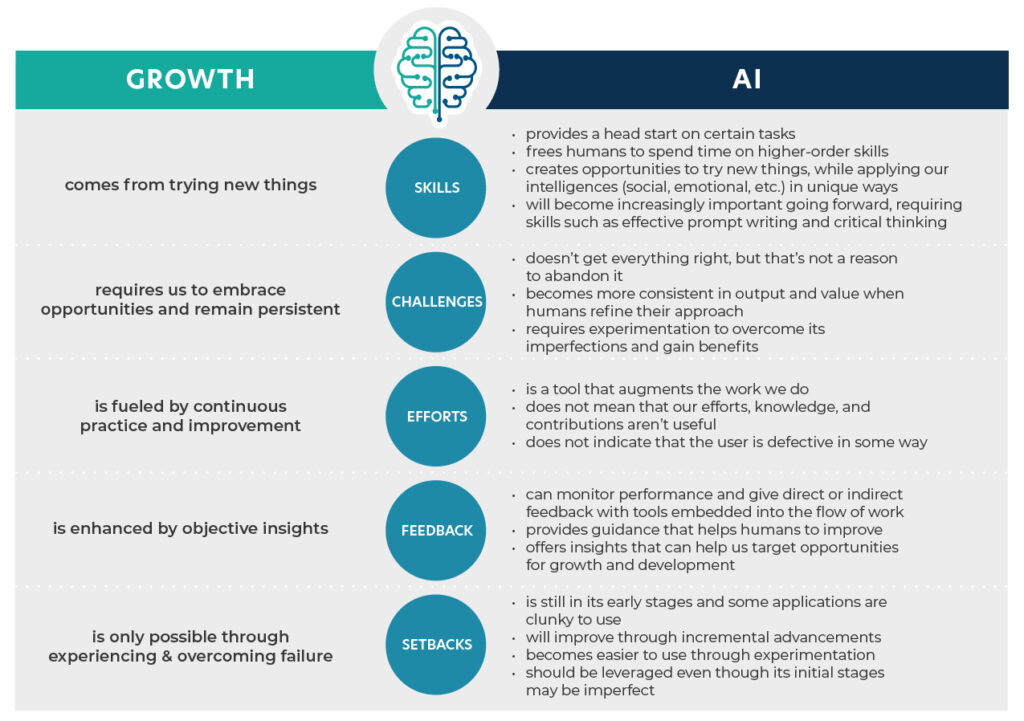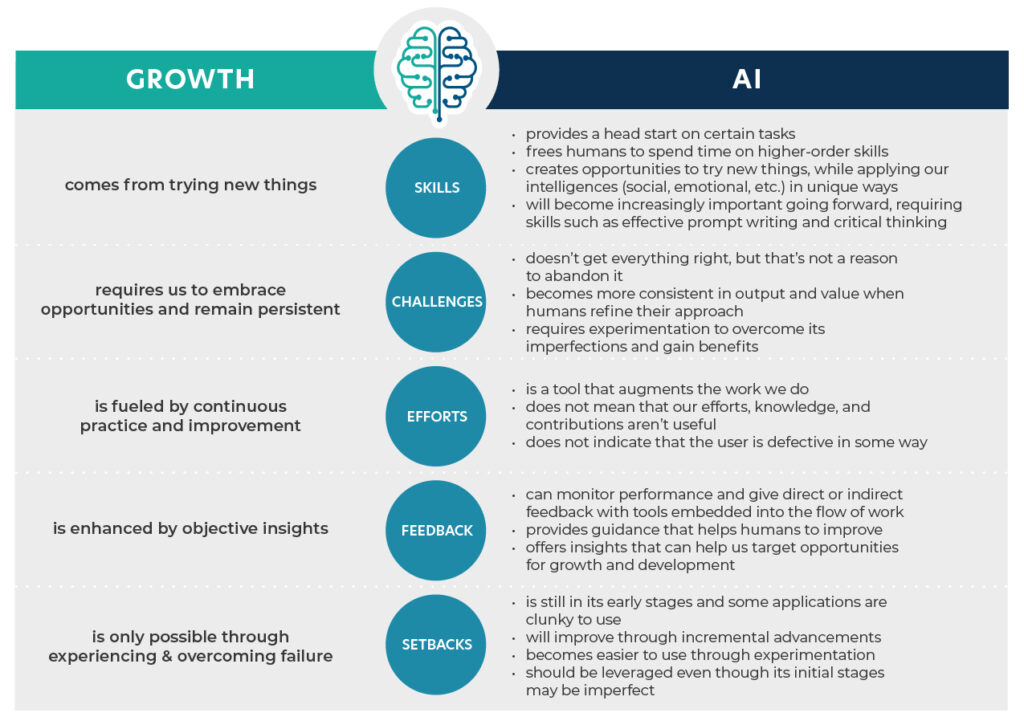
Presented byLucid
Discussions about AI are unavoidable. It has become the focal point in board and executive meetings, during corporate retreats, and across the media landscape. A remarkable 58% of S&P 500 companies referenced AI in their earnings calls for the second quarter, according to Goldman Sachs.

However, putting words into action is challenging. Only 5% of generative AI projects are producing observable impacts on profit and loss, as indicated by a recent study by MIT. This implies that 95% of generative AI initiatives are yielding no returns, despite considerable focus and investment.
Nearly three years after the milestone release of ChatGPT, many organizations find themselves stagnant in AI. There seems to be a breakdown somewhere. What could it be?
Insights from Lucid’s AI readiness survey illuminate the pitfalls causing organizations to falter. Thankfully, addressing these issues doesn’t always require on-boarding elite AI talent worth millions, at least not for most firms. Instead, as they strive to adopt AI swiftly and efficiently, leaders must infuse greater precision and organization into their operational practices.
Operations are the divide between AI’s potential and actual usage
I cannot blame any leader for rushing their AI implementation. In many scenarios, the survival of their company—and their own jobs—hinges on it. The anticipated benefits of enhanced productivity, decreased costs, and improved communication are revolutionary, which is why urgency is critical.
Nevertheless, in their haste, leaders are overlooking essential steps that are necessary for the success of any technology deployment. Our survey findings revealed that over 60% of knowledge workers perceive their organization’s AI strategy to be only somewhat aligned, or not aligned at all, with operational capabilities.
AI is capable of analyzing unstructured data, but it will only create additional challenges for disorganized entities. As Bill Gates articulated, “The first rule of any technology used in business is that automation applied to an efficient operation will magnify the efficiency. The second rule is that automation applied to an inefficient operation will magnify the inefficiency.”
What operational gaps exist in AI rollouts? Our survey noted that roughly half of the respondents (49%) report that undocumented or makeshift processes occasionally affect efficiency; 22% indicate this occurs frequently or constantly.
The core issue with AI transformation resides not in the technology itself, but in the final step of its integration into everyday workflows. This is akin to the “last mile problem” in logistics: The most challenging aspect of a delivery is getting the product to the consumer, regardless of how efficient the remaining process is.
For AI, the “last mile” entails the essential task of weaving AI into tangible business operations. Organizations have access to powerful models yet struggle to connect them to the personnel who are meant to utilize them. The efficacy of AI is squandered if it is not seamlessly incorporated into business operations, which necessitates clear documentation of those processes.
Capturing, recording, and disseminating knowledge at scale is essential for organizations to succeed with AI. Nonetheless, our survey found that only 16% of participants believe their workflows are exceedingly well-documented. The chief obstacles to effective documentation are time constraints, mentioned by 40% of respondents, and insufficient tools, noted by 30%.
The challenge of merging new technology with legacy processes was vividly illustrated during a recent discussion I had with a Fortune 500 executive. The company is striving for major productivity improvements with AI but continues to depend on an antiquated collaboration tool not designed for teamwork. This scenario exemplifies the very issue unveiled by our survey: Potent AI initiatives can falter if teams lack up-to-date collaboration and documentation tools.
This disconnect reveals that AI adoption encompasses more than mere technology. For it to genuinely thrive across the enterprise, companies must establish a cohesive environment for teams to brainstorm, strategize, document, and make decisions. The basics of successful technology adoption remain constant: You need appropriate tools to facilitate collaboration and documentation for AI to truly have an impact.
Collaboration and change management are concealed obstacles to AI implementation
Perceptions of a company’s AI strategy vary significantly based on an employee’s role. While 61% of C-suite executives feel their organization’s strategy is well-thought-out, that figure drops to 49% for managers and only 36% for entry-level staff, as indicated by our survey.
Similar to product development, formulating a successful AI strategy necessitates a structured methodology. Leaders and teams require a collaborative platform to unite, brainstorm, prioritize the most viable prospects, and chart a clear course forward. As many companies adopt hybrid or distributed work models, nurturing remote collaboration through digital tools becomes increasingly vital.
We recently leveraged AI to address a strategic challenge for our executive team. A product leader utilized it to generate a detailed preparatory brief in a fraction of the usual time, encompassing summaries, benchmarks, and recommendations.
Despite this efficiency, the document produced by AI served merely as a base. We still needed to convene to discuss specifics, prioritize tasks, assign accountability, and officially document our conclusions and forthcoming actions.
According to our survey, 23% of participants indicated that collaboration frequently serves as a bottleneck in intricate tasks. Employees are open to embracing change, but friction from inadequate collaboration introduces risk and diminishes the potential effectiveness of AI.
Operational readiness boosts your AI preparedness
Operations lacking organization hinder many organizations from effectively implementing AI. We asked teams about their primary needs to adapt to AI. At the top of their priorities were document collaboration (37% of respondents), process documentation (34%), and visual workflows (33%).
Notably, none of these demands call for more advanced AI. The technology is already highly capable, and most organizations are still merely beginning to explore its full potential. Instead, what teams desire most is ensuring that the fundamentals surrounding processes, documentation, and collaboration are adequately addressed.
AI presents organizations with a tremendous opportunity to secure a competitive advantage in productivity and efficiency. However, rapid movement doesn’t guarantee success. Companies that are best positioned for effective AI adoption are those that focus on operational excellence, right down to the last mile.
This content was created by Lucid Software. It was not authored by the editorial team of MIT Technology Review.

